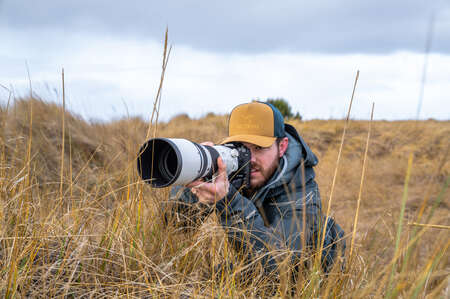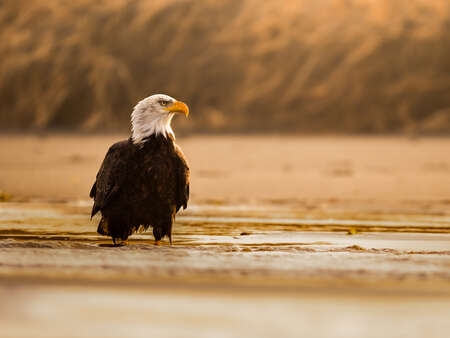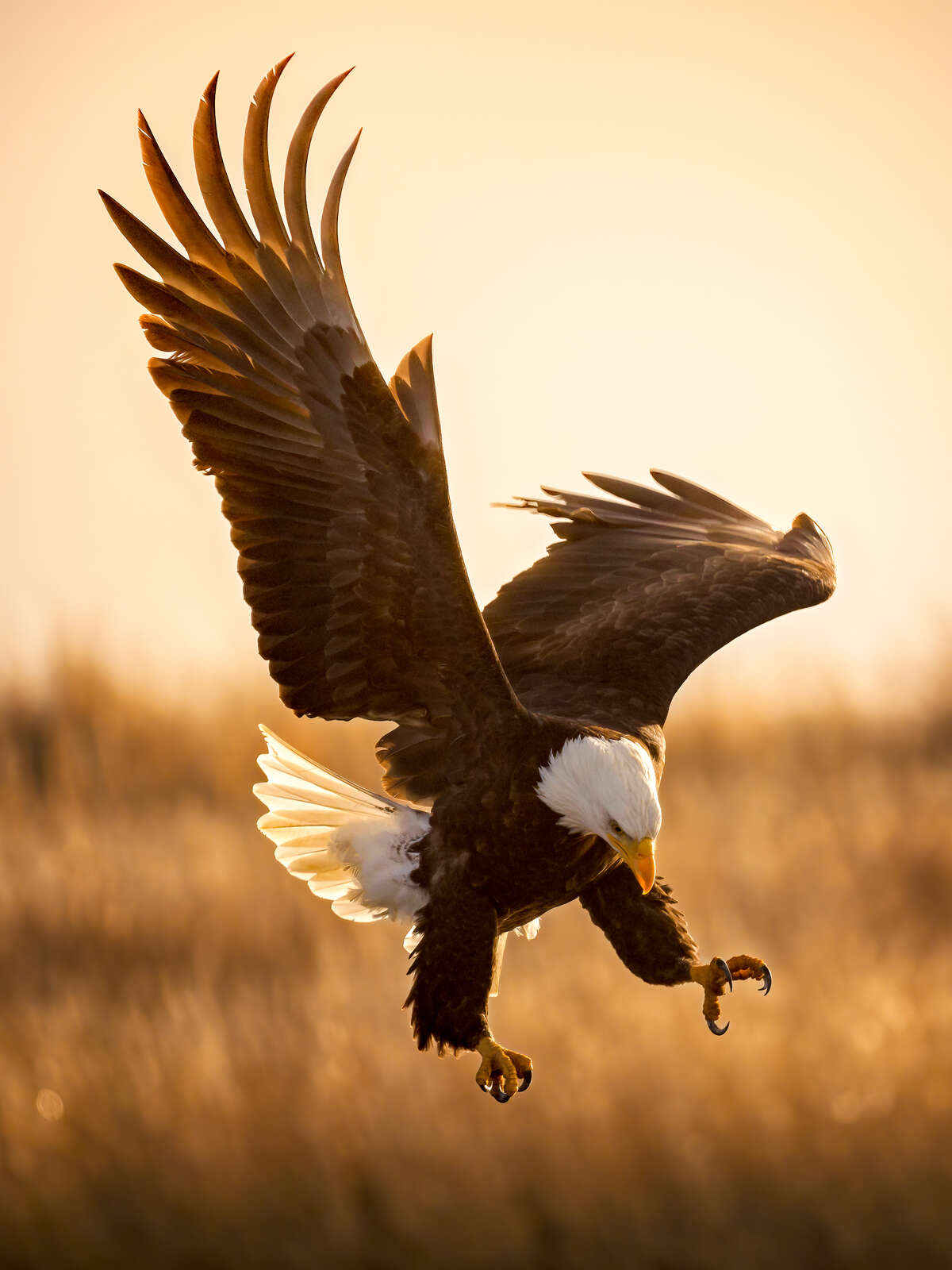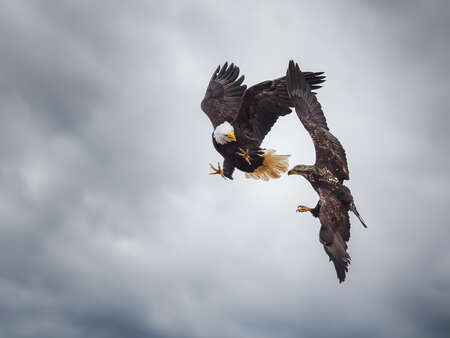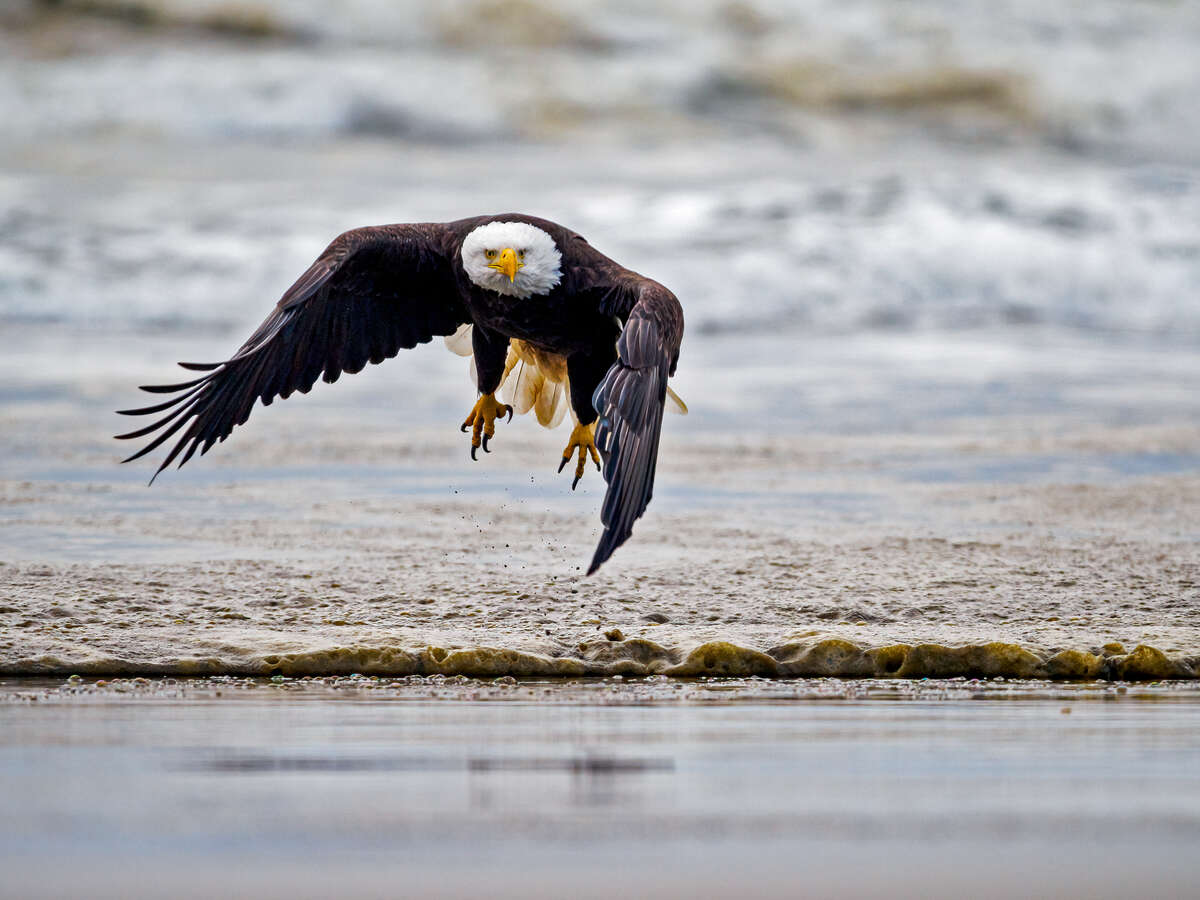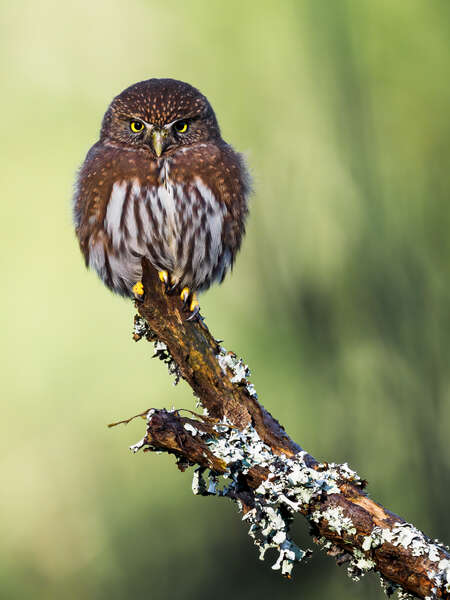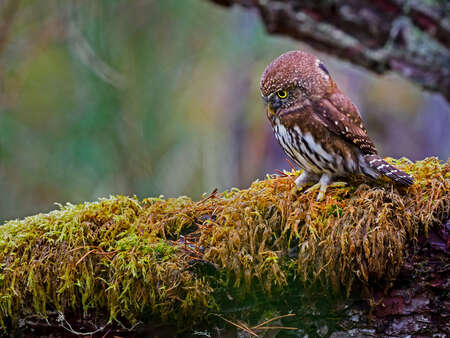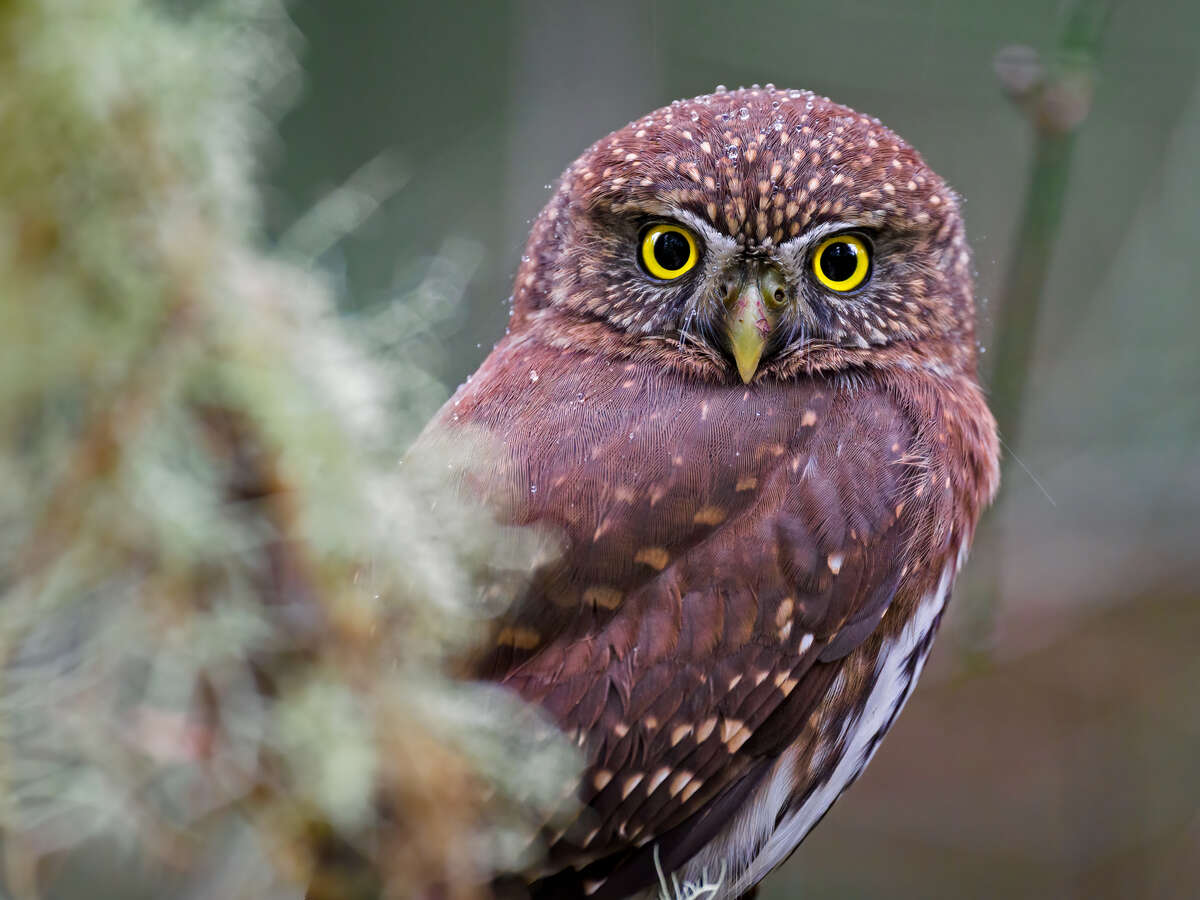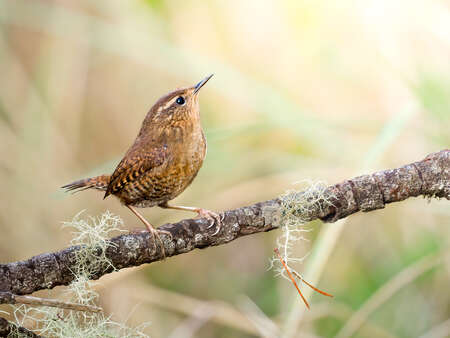The wait is finally over! I can share my excitement about what an amazing opportunity it was to put the new 150-400mm through its paces here on the Oregon coast. For those who don’t know me, my name is Keith Wallach and I am a wildlife photographer based on the North Oregon Coast specializing in birds and coastal wildlife. I woke up early one morning and read an email asking me to test the lens and create some content. My wheels started turning about the type of content I could produce and what limits I could push with this lens, and I can say it has been an absolute dream!
First Light
December on the North Coast is much different than the warm beaches of California, but every now and again the sun peaks through the clouds and lights up the sky on what would be your average gray day. As I laid in the cold, wet sand shooting a group of shorebirds I couldn’t help but feel I was being watched. There was a group of eagles on a perch nearby and I was hoping one would venture down and land on the beach. Looking through the viewfinder, I saw something out of the corner of my eye. A beautiful juvenile Bald Eagle landed less than 30 feet from me. I didn’t dare move a muscle, slowly repositioning my lens and snapping a few shots. Before I knew it I was surrounded by five Bald Eagles. My heart raced and I was relieved to have the versatile range from 150-400mm. Being so used to shooting with the 300mm and it being a prime lens, it would have been a struggle with all those eagles at that short of a range. Little did I know that as I was shooting, there would be a perfectly timed break in the clouds and the sixth Bald Eagle would swoop in and land, what seemed like right on top of me. I’d be lying if that wasn’t a bit intimidating, but I thankfully kept my cool and was able to pair beautiful backlight with a strong Bald Eagle landing. Having been able to hand hold this lens plus my E-M1X was a game changer at these kind of focal lengths. Not being tied down to the low mobility of a tripod really made this shot possible.
A Fight in Flight
The wind blew at 40mph and as I sat in the dunes waiting for an Eagle to launch from its American Flag perch, (no it is not photoshopped and I waited five years for this to happen) the wind picked up even more and sand swirled all around. While a typical photographer may have worried about their gear, I was able to embrace the elements with durability of my Olympus system.
I saw a far off eagle stuck in the wind and hoped it would push the eagle toward me. It all happened in an instant; the wind sped up, the juvenile eagle tried to take the adult’s perch and an aerial battle ensued. Not only was the fast aperture of the new 150-400mm ideal for this type of scene, but the new firmware with bird tracking was perfect for this situation. I was a little worried that it would not hold tracking on the adult eagle as the juvenile flew in. I was wrong; it kept its tracking perfectly. Capturing the action in this scene, given the windy conditions, was not an easy task. I could barely hold the camera still, but paired with the new bird tracking and the lens stabilization of the 150-400mm, a shot was salvaged.
After seeing what this combination could do with the eagles in flight, I was hoping I could find one that would fly right at me. As I hiked the beach I was lucky to find one along the water’s edge. One of the hardest scenes for a camera to focus on is a bird flying right at the lens, but as he took off toward me and I hit the shutter, I had a good feeling. The new firmware tracked this eagle perfectly even with it flying right at the lens. Turns out that tough conditions not only make for great stories, but even better shots.
The Downpour
Birders have what is called a life list. On my life list was the Northern Pygmy Owl which I tried to find for almost three years. This is a tiny owl that is diurnal, meaning it is one of the only owls in North America that hunt during the day. I spent the day hiking through the coastal forests in hopes that I would get lucky and find one of these fluffy little guys. Just when I was about to give up hope and switch directions I lifted up my lens to scope the top of a pine tree and to my surprise, a Pygmy. I could have screamed with excitement! Yet, just like clockwork, in perfect PNW fashion, it poured rain. I grabbed my rain gear out of my bag and set up in hopes the owl would come down and give me a little better composition.
Once the owl finally came down to a more manageable area, it rained even harder. For most people this would be the point of packing up the camera and saving it from the rain. Me, I welcome it. I think rain provides another element to a photograph that sunlight just can’t do. Luckily the E-M1X and the new 150-400mm are so weather sealed that even after being in the rain all day everything was in perfect working order. I can say with certainty that if this gear can handle the North Coast in the winter it can handle just about anything. Now, handling weather is one thing but how does it perform in this kind of rain...flawlessly! I was lucky enough that the Pygmy flew and perched within ten feet of me and I thought it was the perfect opportunity to see just how much detail I could pull out with this lens. I was astounded. Once I imported these I could not believe my eyes and realized I could clearly see the water drops sitting on the Pygmy’s head. As a birder, it is moments like these that I will never forget and having gear that I can trust to capture those memories is worth every penny.
Little Birds, Dark Forest
When it comes to bird photography there are two issues: birds move at a rapid speed and are most active at dawn and dusk. It is forever a struggle for light in those situations, but the Olympus tools I used offered a solution. The new 150-400mm has a constant F4.5 aperture while still being able to reach 400mm. A whole new world was brought to my viewfinder as I tackled shooting at dawn and dusk. I really wanted to put it to the test so I set out to find smaller coastal birds that are harder to focus on, fast moving and like dense forest. I took every chance that I could to shoot the Pacific Wren and Dark Eyed Junco and I am so pleased by how they turned out even at high ISOs and low light.
I love to capture these small birds because of the clear personalities they have and how quickly they move. I even had the chance to photograph a hummingbird in backlight in the most challenging conditions and this setup performed flawlessly. This lens was a perfect partner on that mission and I cannot recommend it enough to anyone who shoots wildlife, but even more so for bird photographers that shoot in dense forests.
A New World
Okay, here’s the thing. I am not a videographer. I could count on one hand the times I have put my camera into video mode in the last year and trust me they are nothing I would ever share. I never quite realized why I don’t do video and never gave it too much thought. I focused on stills and was happy to do so. That is, until I got the 150-400mm in my hands. The versatility of the focal range allowed me to think more creatively about how to compose my shots so I figured I might try video mode again as well! To my surprise, I loved it. In fact, I couldn’t get over how exhilarating it was in contrast to stills. I certainly wanted to put this lens through all the different types of shooting I do and had planned to flip to the dreaded video mode just to test, but I never dreamed I would be showing a video to you all. As an artist, I think it is extremely important to explore different avenues of your style of work and I can say that I absolutely contribute my new found love of video to the 150-400mm.
To be honest, there was not a single part of me that wanted to send this lens back to Olympus after my two weeks with it. If I could have kept it I would have. A lot of photographers just want the latest and greatest gear but it comes down to one thing. All of the crazy tech specs like up to 2000mm in reach, a teleconverter at the flip of a switch and a bright aperture aside, this lens completely changed the way I think about my work, changed my process, opened up a new interest in video and realistically it is something that I will be adding to my gear bag. Between the weather proofing, the zoom range and the shear sharpness of this lens it is a no brainer for any professional in the wildlife area of photography. Trust me, save your pennies and make it happen. It will change the way you think about wildlife and you will be able to capture moments you never thought possible.
Instagram: @keithw3
Keith Wallach is a wildlife and nature photographer based on the North Coast of Oregon. He specializes in bird photography and aims to bring awareness to coastal birds and wildlife by creating emotive imagery to spark conversation within the conservation space.
